Electronic and Ionic Structure
We have developed and applied methods for predicting the electronic and ionic structure of dense plasmas. This page gives descriptions of these methods and applications.
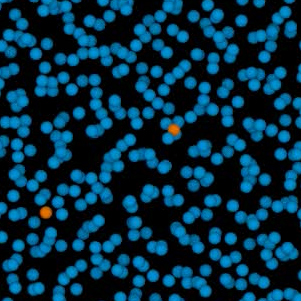
The One-Component Plasma Model
Like the hard-sphere model in the theory of simple liquids, the one-component plasma (OCP) is the reference model in the study of strongly coupled Coulomb systems. Despite its apparent simplicity, the OCP captures the characteristic features of strong Coulomb interactions in plasmas.
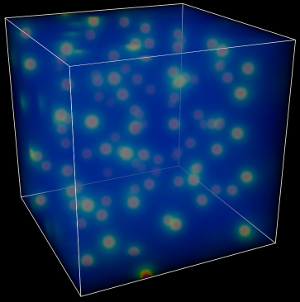
Finite Temperature Orbital-free Density Functional Theory
Density functional theory is a formally exact description of a many-body quantum system through the density alone. In practice, approximations are necessary, and here we describe our recent efforts toward an approach that is fast and accurate.
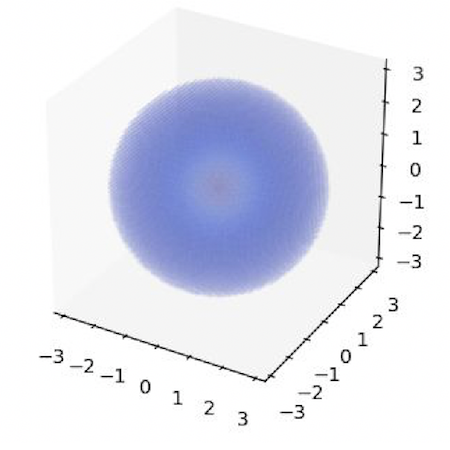
Tartarus Average Atom Model
Average atom models are inexpensive but reasonably accurate models use for calculating the material properties of dense plasmas.
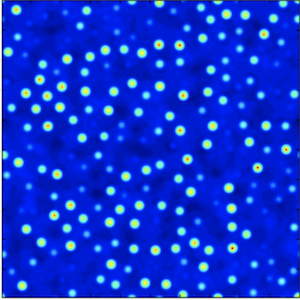
Pseudo-Atom Molecular Dynamics
PAMD extends the average atom concept to include averaged ionic structure. This gives access to an ab initio effective ion-ion potential that can be used in molecular dynamics and kinetic theory.
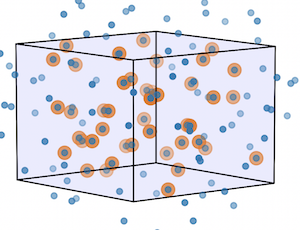
Multiple Scattering Theory
MST is a method that allows us to solve the Kohn-Sham DFT equations for a high temperature, disordered dense plasma without using pseudopotentials.



